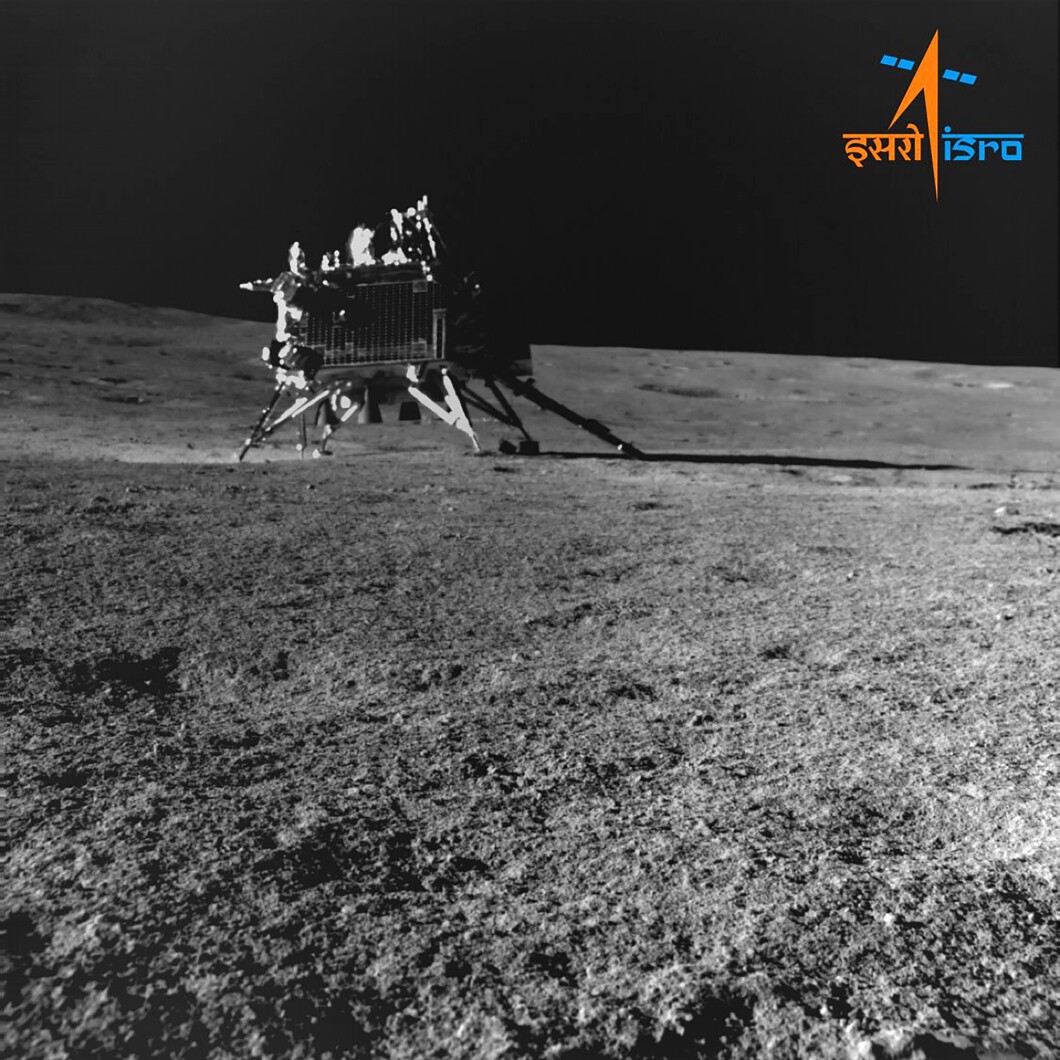
India made history as the first country to touch down near the moon’s south pole in August, and the rover has completed its two-week assignment conducting experiments in hopes of finding frozen water.
The Pragyan rover from the Chandrayaan-3 spacecraft was “set into sleep mode”, the Indian Space Research Organisation, or ISRO, said late on Saturday. The robotic probe’s batteries are charged, and the receiver is on. The rover is scheduled to wake up with the next sunrise on Sept. 22.
DESANTIS-BACKED CONGRESSIONAL MAP DECLARED UNCONSTITUTIONAL BY JUDGE
Chandrayaan-3 Mission:
The Rover completed its assignments.It is now safely parked and set into Sleep mode.
APXS and LIBS payloads are turned off.
Data from these payloads is transmitted to the Earth via the Lander.Currently, the battery is fully charged.
The solar panel is…— ISRO (@isro) September 2, 2023
“Hoping for a successful awakening for another set of assignments!” ISRO wrote in a post on X, formerly Twitter, adding “Else, it will forever stay there as India’s lunar ambassador.”
India was one of several countries with hopes of landing on the uncharted lunar south pole, and was in a space race with Russia before Russia’s Luna-25 mission crashed into the moon on Aug. 20.

The event was India’s first successful landing and second attempt at a soft landing on the moon’s south pole, following a failed mission in 2019.
The moon rover has so far confirmed sulfur and several other elements in the lunar region during its assignment. As the craft searches for signs of frozen water, instruments have discovered aluminum, calcium, chromium, iron, titanium, manganese, silicon and oxygen, according to an update on Wednesday from the ISRO.
CLICK HERE TO READ MORE FROM THE WASHINGTON EXAMINER
The findings mark the first-ever on-site discoveries from the Laser-Induced Breakdown Spectroscopy instrument on the Chandrayaan-3 Rover, “something that was not feasible by the instruments onboard the orbiters.”
“Our tireless scientific efforts will continue in order to develop better understanding of the Universe for the welfare of entire humanity,” Prime Minister Narendra Modi wrote on X on Saturday praising his country’s success.




